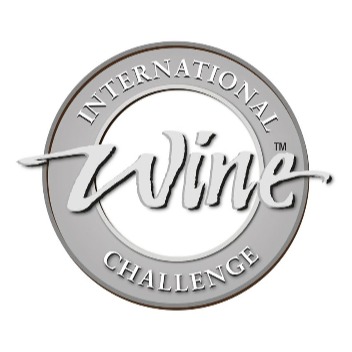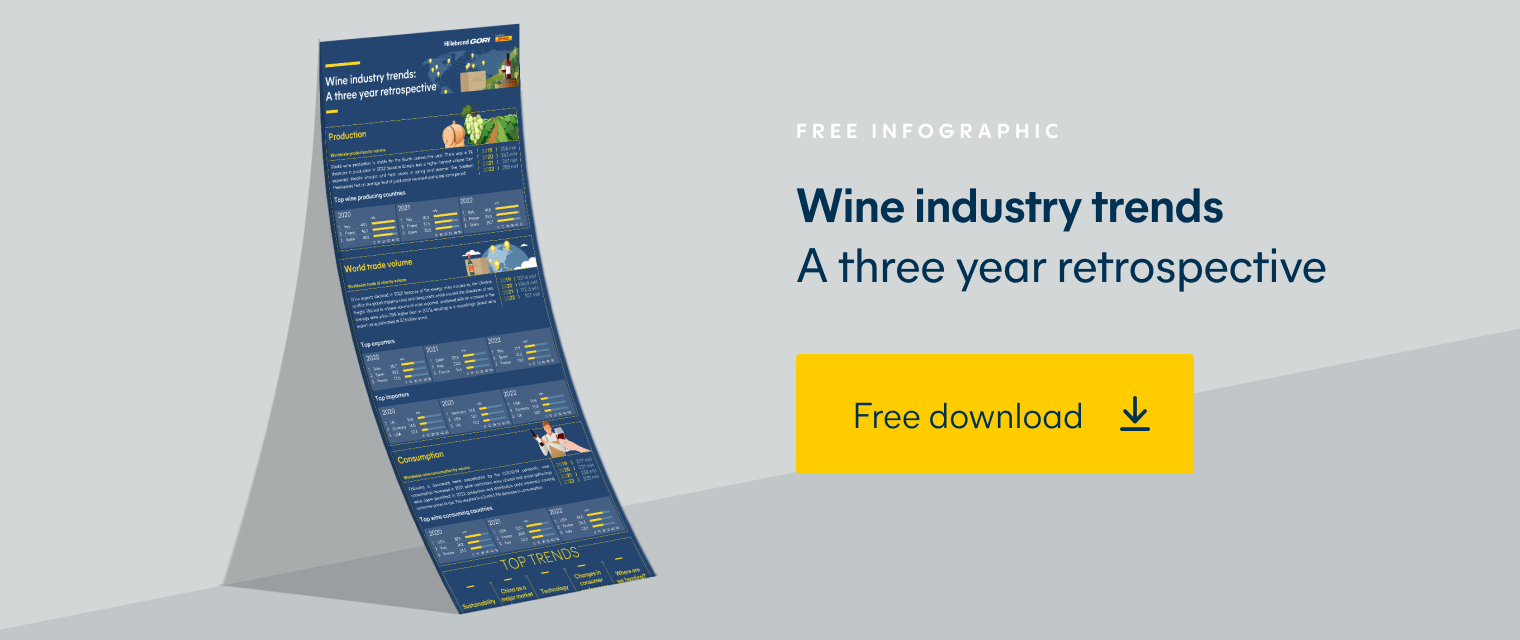Types of Wine: Understanding the basics
When it comes to wine, there are a seemingly endless number of options to choose from.
And if you're in the business of importing wine, it's important to understand the different types of wine available to be successful in your market.
What are the different types of wine?
There are a variety of grapes that can be used to make wines, and each can produce a wine with its own unique flavor profile.
Some of the most popular include green-skinned grapes like Chardonnay and Sauvignon Blanc and red-skinned grapes like Cabernet Sauvignon and Merlot.
Generally, wines can be categorised into three main types: white, red and rose.
White wine is made from the juice of white grape varieties. Immediately after harvest, grapes are pressed and then go into fermentation.
Red wine is made from red-skinned grapes. After harvest grapes are macerated for a few hours or days to add colour, flavor and structure to the wine.
Rosé wine is generally made from red grape varieties, which macerate for a few hours to add a hint of color.
Orange wine is wine made with white grapes varieties with some maceration before pressing.
Wines can also be classified as still, sparkling or fortified.
Still wines are the most common type of wine. They are produced from the natural alcoholic fermentation of grape juice or must. The yeast converts the must into wine. According to market trends, the still wine market amounts to $308.20 billion and is expected to grow annually by 7.04% (CAGR 2022-2025).
Sparkling wines are made from either red or white grapes with a significant level of carbon dioxide, which gives them their signature fizz. The revenue in the sparkling wine market amounts to $44.14 billion and is expected to grow annually by 8.50%.
Fortified wines have been “fortified” with a distilled spirit like brandy. The original use of fortification was to preserve the wine, as casks of wine were prone to turn to vinegar during long sea voyages. The spirit added might also enhance the wine’s natural flavors. The most common fortified wines are Port, Madeira, Sherry or Marsala. Revenue in this segment amounts to $13.32 billion and is expected to grow annually by 7.09%.
Where to find the best wine for your target customer?
The best wine for an importer is the wine that their target customer is looking for.
Some customers prefer to consume wines from well-known regions such as France, Italy and Spain. Other customers might be interested in buying a grape variety such as Chardonnay, Sauvignon Blanc, Malbec or Pinotage.
The new world wine-producing countries such as Australia, Chile, New Zealand and Argentina tend to label wines with the grape variety, while the old world (Italy, France, Spain and Portugal) use the appellation of origin.
It's also important to keep in mind that 70% of the wine produced and consumed in the world comes from Italy, France and Spain, according to the International Organisation of Vine and Wine.
Here is a breakdown of the top five countries that export wine globally and the amount of wine exported in million hectoliters during 2020.
Italy - 20.8
Spain - 20.2
France - 13.6
Chile - 8.5
Australia - 7.5
Other countries that export wine in descending order of volume exported include Argentina, South Africa, the United States, Germany, Portugal and New Zealand.
Another important thing to consider is the average export price of wine worldwide during 2020. Here is a breakdown by country in U.S. dollars per liter.
Lebanon - 7.98
France - 7.03
New Zealand - 4.25
Czechia - 4.18
Croatia - 4.13
United States - 3.61
Italy - 3.44
Austria - 3.23
Luxembourg - 3.13
Portugal - 3.1
How to minimise risk during transport
When importing wine, you can do a few things to minimise risk and ensure your wines get from point A to point B on time and in great condition.
First, work with a reputable global shipping partner who has a good understanding of the market. Hillebrand has offices in every market where wine is crafted and consumed, so you can rest assured that your wines are in safe hands.
We also offer a variety of risk management solutions to ensure your wine reaches its destination in optimum condition. From making accurate climate predictions with meteorological data sources by the World Meteorological Organization (WMO) to offering safe storage solutions, our services go beyond wine logistics.
We want to help you make the transportation process cost-effective and efficient.
For more information about our wine shipping solutions, contact us today. We would be happy to discuss your specific needs and provide you with a precise solution along with a customised quote.





